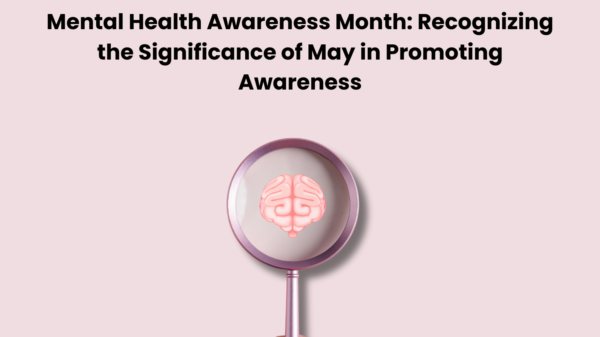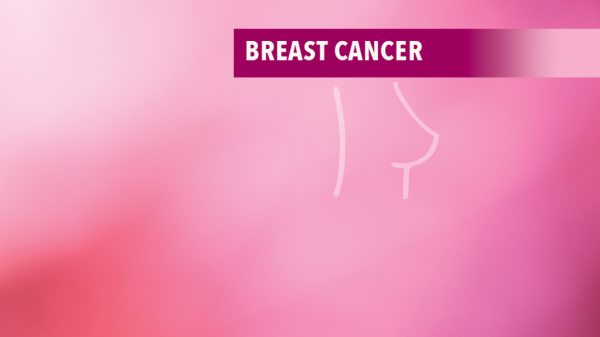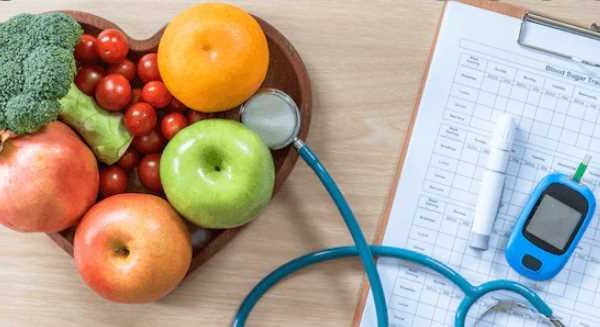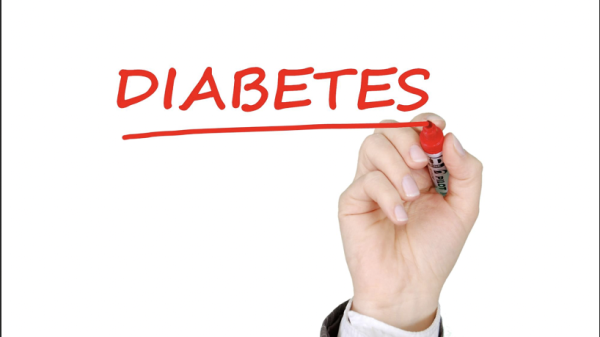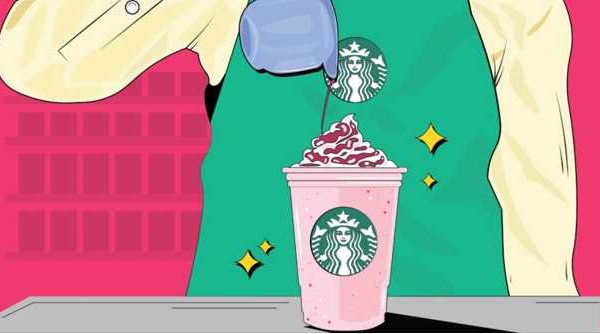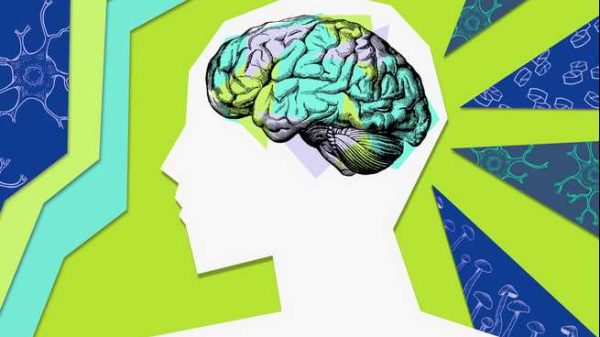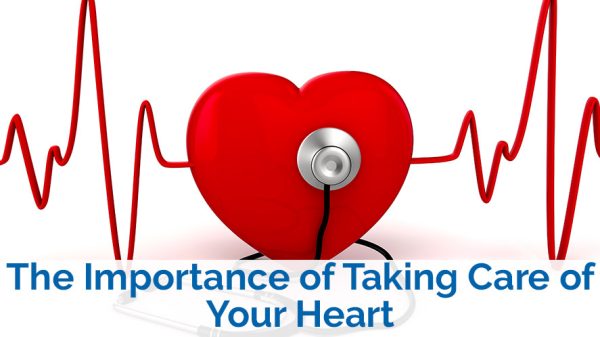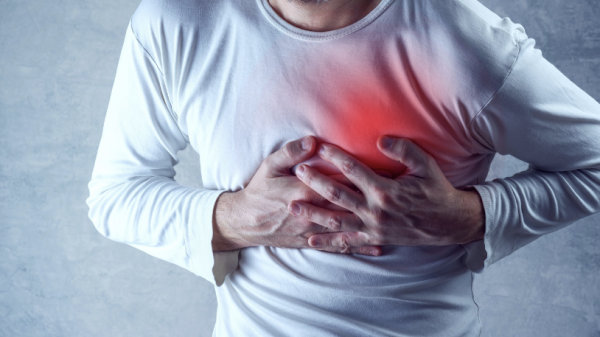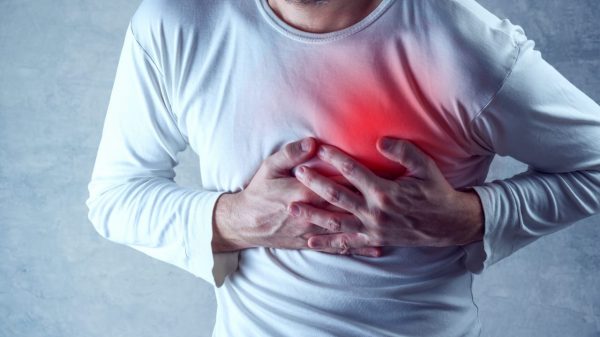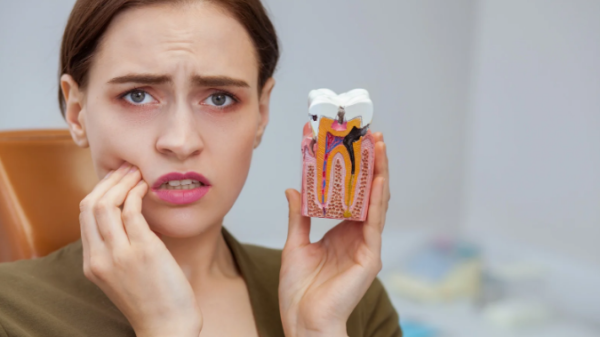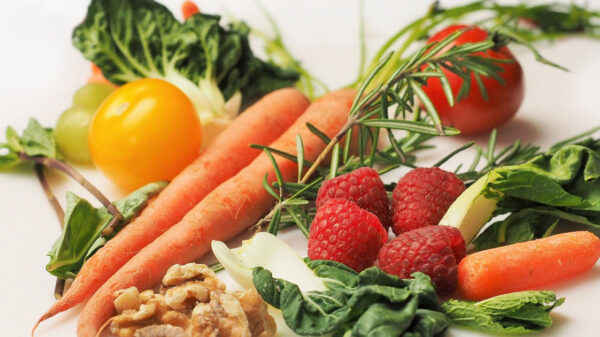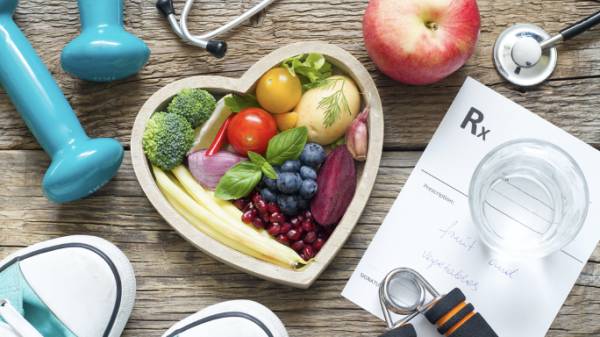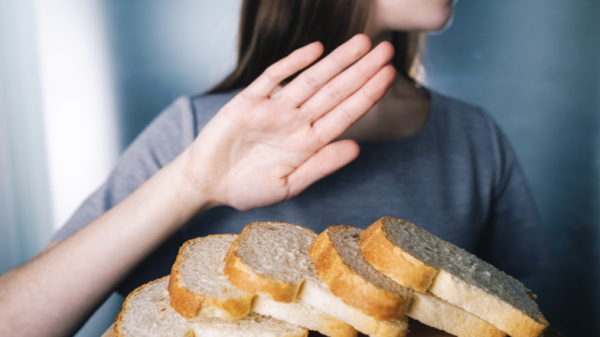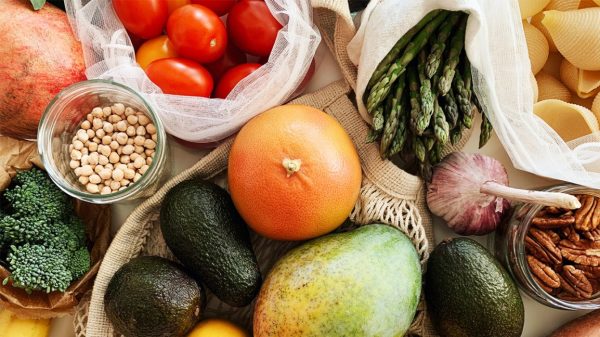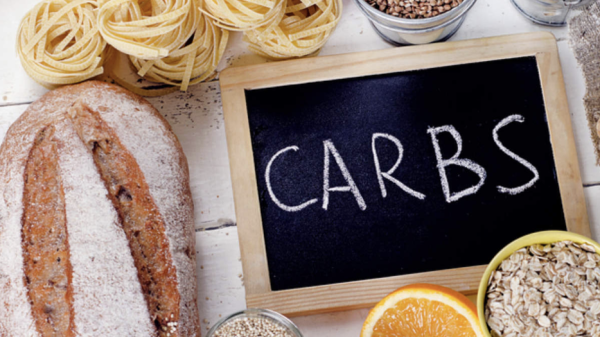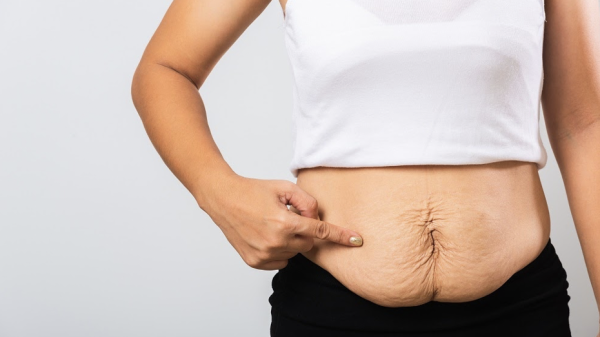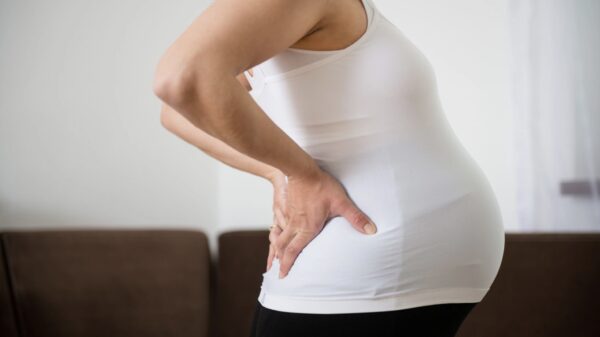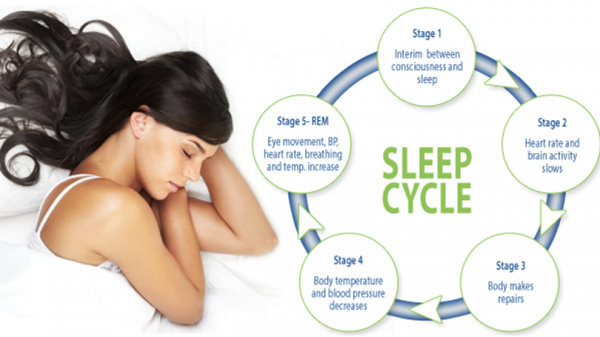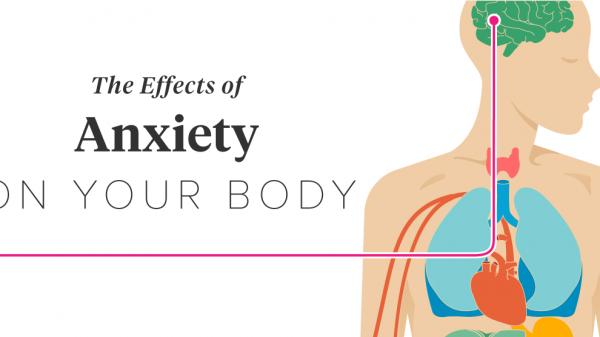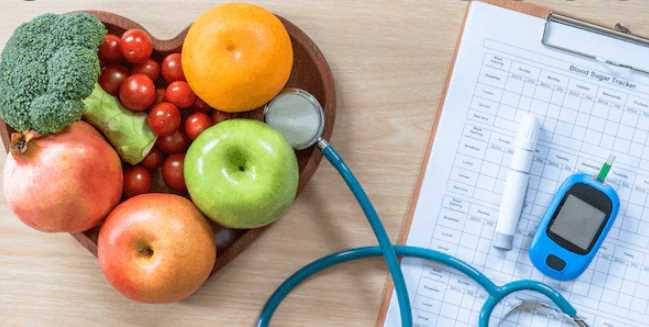Type 2 diabetes is characterised by a malfunction in how a person controls and utilises blood glucose as an energy source. It is a chronic disorder that results in excess sugar circulating in the bloodstream. High blood glucose levels can eventually lead to cardiovascular, neurological, and immunological problems.
Insulin is a hormone that plays a critical role in regulating the sugar in your body. Basically, type 2 diabetes is the outcome of two problems: insufficient insulin production by the pancreas, and inadequate response of cells to insulin, thereby taking in less sugar.
Type 2 diabetes was once famously known as adult-onset diabetes. However, it has now been observed that both type 1 and type 2 diabetes can also be onset during childhood or on maturity. Nonetheless, type 2 diabetes is more common in older people.
Type 2 Diabetes – Causes
Insulin is secreted by the pancreatic gland, which serves as a crux of letting blood glucose enter your cells for use as energy. Insulin resistance occurs when cells do not respond appropriately to insulin. Your pancreas produces extra insulin in an attempt to stimulate the cell response. Eventually, the pancreatic cells become impaired and can no longer keep up with the demand. Your blood sugar levels rise, setting the groundwork for pre-diabetes and type 2 diabetes. High blood sugar levels are harmful to the body and can lead to major health issues, including cardiovascular disease, eyesight loss, and kidney illness.
Type 2 Diabetes – Symptoms
The type 2 diabetes symptoms can develop over time and can remain unnoticed for a long period. At times, the person may not experience any obvious symptoms. Due to the subtlety of the symptoms, it is critical to be aware of the potential risks and consult your doctor in case you have any of the below-mentioned signs and symptoms:
- Excessive thirst
- Increased hunger
- Frequent urination
- Unintentional weight loss
- Fatigue
- Vision impairment
- Slow-healing wounds
- Infections that occur frequently
- Hand or foot numbness or tingling
- Darkened skin patches, most commonly found around the armpits and neck
Type 2 Diabetes – Diet Tips
There are different types of diabetes, and no two individuals will be the same. Thus, there is no cookie-cutter “type 2 diabetes diet” available. However, here are certain pointers that will help you make healthier eating choices.
- Since all carbohydrates affect blood glucose levels, it is critical to understand which foods are carbohydrate-rich. Choose healthier carb-containing foods and watch your portion sizes.
Some carbohydrate-rich foods are fruits and vegetables, pulses such as chickpeas, beans, and lentils, whole grains such as brown rice, buckwheat, and whole oats, and dairy products such as sugar-free yoghurt and milk.
Simultaneously, low-fibre meals such as white bread, white rice, and highly processed cereals should be avoided. If you’re unsure, read food labels when looking for high-fibre foods.
- Consuming excess salt can increase your blood pressure, which raises your risk of heart disease and stroke. If you have diabetes, you are already predisposed to all these diseases. Limit yourself to no more than 6g (1 teaspoon) of salt each day. Study the nutrition labels on pre-packaged foods as most contain salt. Select the ones with less salt content.
- Salt-free nuts, seeds, avocados, oily fish, and natural oils provide healthier fats. Some foods with saturated fats can affect your cholesterol levels, increasing your risk of coronary diseases.
- If you are cutting back on carbs, you may start eating more meat to keep you full. However, consuming red and processed meats such as ham, bacon, sausages, cattle, and lamb is not a smart choice, as they are linked to an increased risk of heart disease and cancer.
- Instead of crisps, chips, cookies, and chocolates, pick yoghurts, unsalted almonds, seeds, fruits, and vegetables as a snack. But keep an eye on your portions — it will help you maintain track of your weight.
- Eliminating sugar is tough initially. Simple practical swaps are a smart way to start when attempting to reduce excess sugar. Substituting sugary drinks, energy drinks, and fruit juices for water, plain milk, or sugar-free tea and coffee is a good start.
- Avoid foods labelled as “diabetes-friendly”. These foods provide no distinct advantage over eating healthily. They may also include the same amount of fat and calories as other comparable goods and may still affect your blood sugar level. Occasionally, these meals can also have a laxative effect.
Type 2 diabetes has no cure, although decreasing your weight, eating healthy, and being physically active can help you navigate the affliction. However, if you are unable to control your blood sugar with diet and exercising, you will need to consult your physician to start medication or insulin therapy.
















